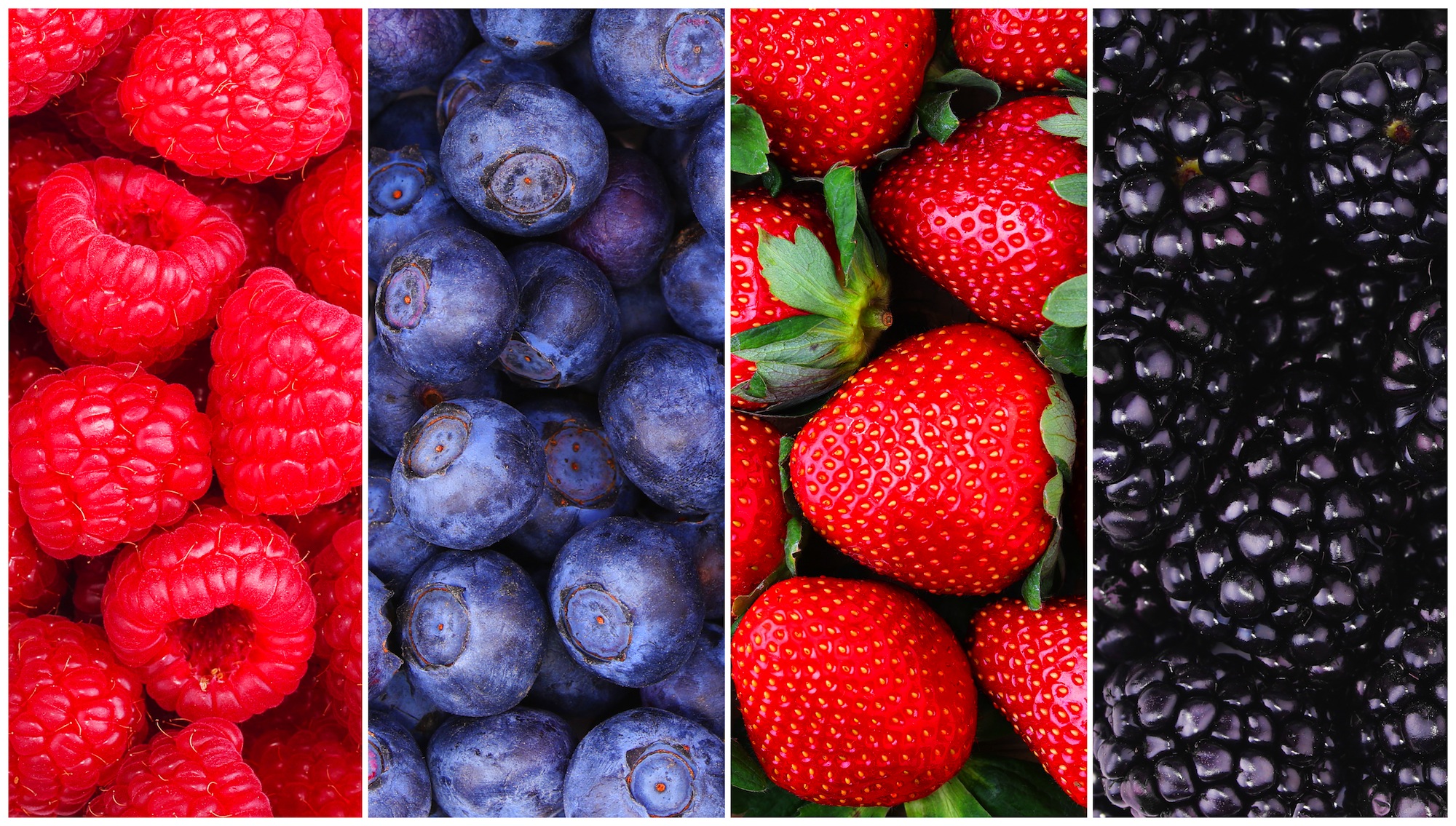Mexico: Aneberries forecasts growth in coming campaign
As the Mexican berry industry carries out the transition between two seasons – one that ends in June and another that starts in September – the peak industry association expects growth of 20% for the category overall.
National Berry Exporter Association (Aneberries) president Mario Alejandro Andrade tells www.freshfruitportal.com the sector is coming off the back of a record season, especially in blueberries.
He says the reasons are obvious why blueberries have witnessed the fastest growth – they are the most demanded berry after strawberries, and have the lowest level of planted surface area in the country.
“It’ll keep growing within the next four or five years,” he says.
“We have a growth rate of 20% for the berry industry, and in terms of blueberries we’re growing at a rate of above 70%.”
The main market for the country’s berries is the U.S. with around 85% of purchases, followed by Asia and Europe.
As it is a relatively new industry the sector does not have official statistics for berries, but at a recent Mexican International Berry Congress, key players discussed ways to start generating data on the crop.
“We believe that we’ll make this type of information available starting next year. We estimate that for blueberries there should be more than 3,500 hectares planted in Mexico,” Andrade says.
Meanwhile, blackberries are a much more mature crop.
“Today, to speak about blackberries is to speak about Mexico.
“I think it’s a very consolidated business and doesn’t bring very large growth, but it is diversified in varietal terms. We are seeing totally new varieties which is very innovative. Mainly that involves Driscoll’s varieties.
Andrade says while growth is expected for the upcoming season, he has his doubts due to climatic factors.
“We have an early season, but the issue of storms is very delayed. In the last two weeks we’ve had rains that we hadn’t had during the whole season,” he says.
He adds about 50% of what has been planted in Mexico has been in pots with substrate, particularly in blueberries and raspberries.
Giumarra vice president of global development Tom Richardson says the season looks to be starting a little earlier than usual with small early volumes in late August.
“Industry volumes are growing and we expect a season with excellent supplies,” he says.
“Usually the times we can have problems due to rain are after the fruit is mature which is more a September through October time frame. Nearly every year we experience some level of rains, it is really a matter of the severity and duration that will impact the market.
“Mexico has very good growing conditions for blackberries which is why the majority of what is consumed in North America comes from this origin. In addition, the close proximity to the USA market makes Mexico the perfect partner for importers here.”
He says the domestic season is winding down and prices are starting to lift, which should mkae for a good transition into the Mexican deal.
“Consumers and retailers are always looking for high quality, good tasting fruit. So there is certainly pressure on the producers to do good harvest management, cool chain management, and deliver good fruit to market.
“So really at each step of the process our suppliers are looking for all possible ways of delivering this highly perishable fruit to market.”
The domestic season is winding down and prices are starting to lift which should make a good transition into the product from Mexico. But as I say, it is too early to talk pricing.
Consumers and retailers are always looking for high quality, good tasting fruit. So there is certainly pressure on the producers to do good harvest management, cool chain management, and deliver good fruit to market.
Consistency of supply, firm and dry berries, along with a strong food safety and traceability program backing it all up. Over the past several years Giumarra has been a leader in food safety and traceability solutions for our grower group there in Mexico.







